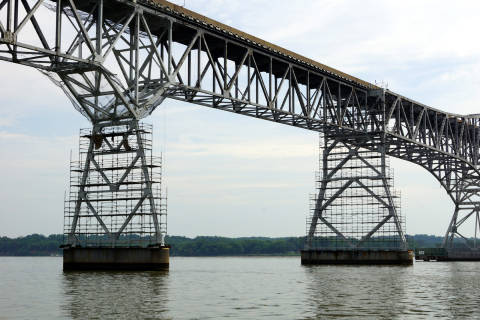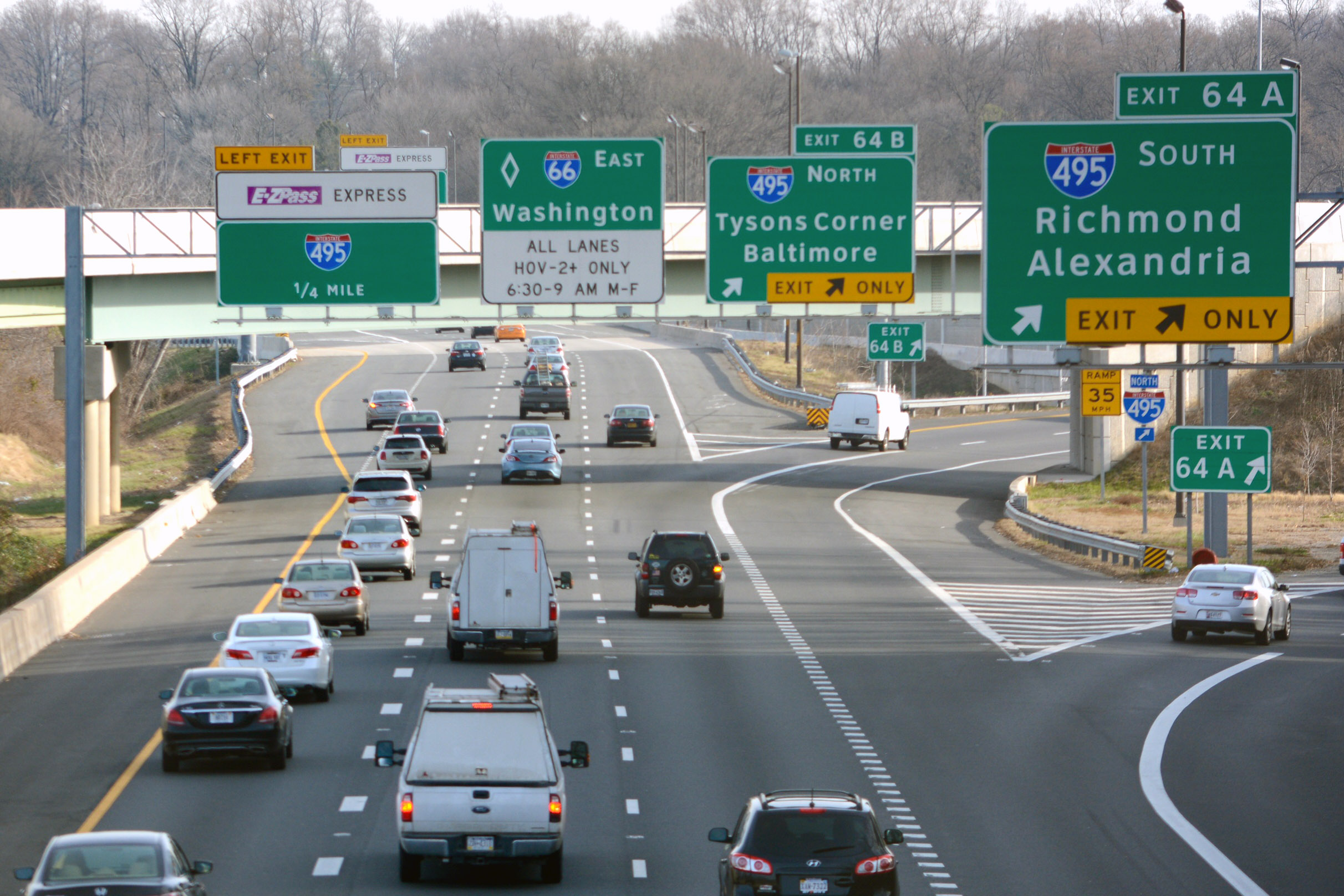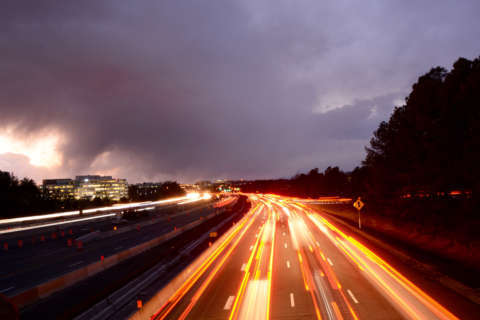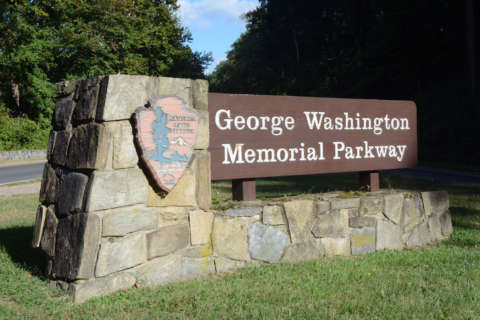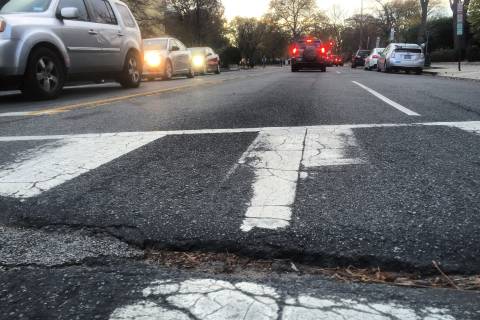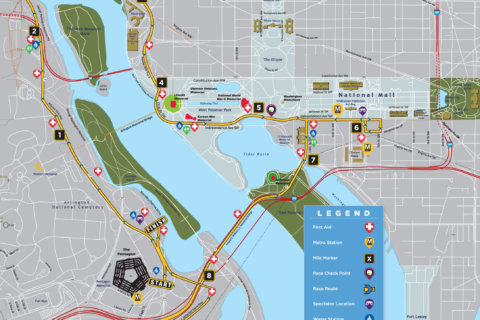WASHINGTON — How would you feel about sharing a 50 mph lane with a bicycle? How would you like to ride a bike in that lane?
Regional transportation planners are questioning Maryland’s possible plans for a newly expanded Gov. Harry Nice Bridge that would make cyclists either use a lane with cars or squeeze onto a narrow path with pedestrians on one side of the bridge.
The Maryland Transportation Authority plans to expand the 2.2-mile facility from today’s one lane each way to two lanes each way as part of a major project that will eventually demolish the aging structure within the next decade. The MDTA is considering two options — one, a bridge that is 61 feet wide with no separate area for people to walk or bike; the other, a bridge that is 71 feet wide with a single 8-foot-wide path next to the four lanes for car traffic.
The smaller bridge would be cheaper, a factor which could be more important after Maryland cut tolls a few years ago.
The originally selected alternative announced in 2012 promised two lanes for cars each way and a 10-foot-wide path that would have provided enough room for people walking or biking in opposite directions, and was estimated to cost close to $1 billion. That alternative also included a changeover of the toll plaza to E-ZPass only, something Maryland is now planning on all toll facilities.
A design is due to be selected in late 2019. Construction on the new bridge is scheduled to begin in late 2020, and it is expected to open as soon as 2023.
With a 105-mile detour if the bridge is closed, and U.S. 301 serving as an alternative for drivers avoiding Interstate 95 backups, the National Capital Region Transportation Planning Board believes getting the design right is critical.
In a draft memo, the planners raise significant concerns about safety if people riding bikes are told to share a lane with speeding cars on the bridge, especially given the steep slopes needed to create enough room for large ships to pass underneath the bridge.
“High speed differences mean more fatal crashes,” a summary said. “Only ‘fit and fearless’ bicyclists will dare use it.”
Even if people do use it, growing traffic beyond the millions of vehicles that use the bridge each year now could lead to restrictions on when people can bike across the bridge, restricting commuter options even as new trails are added on either side, the report said.
If there is no separate path, it also means people will not be able to walk across the bridge between Maryland and Virginia.
MDTA estimates about 50 people would bike across the bridge each day, and no one would walk.
A 2012 Charles County plan calls for separated bike and pedestrian space on the bridge, and TPB staff pointed out that a 2016 state news release announcing $765 million in funding for bridge construction promised the separate path.
The full Transportation Planning Board is scheduled to discuss pushing for the path at a meeting Oct. 17.

